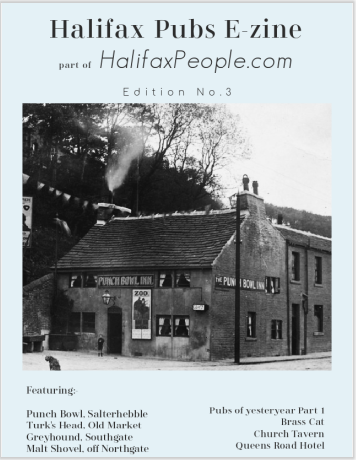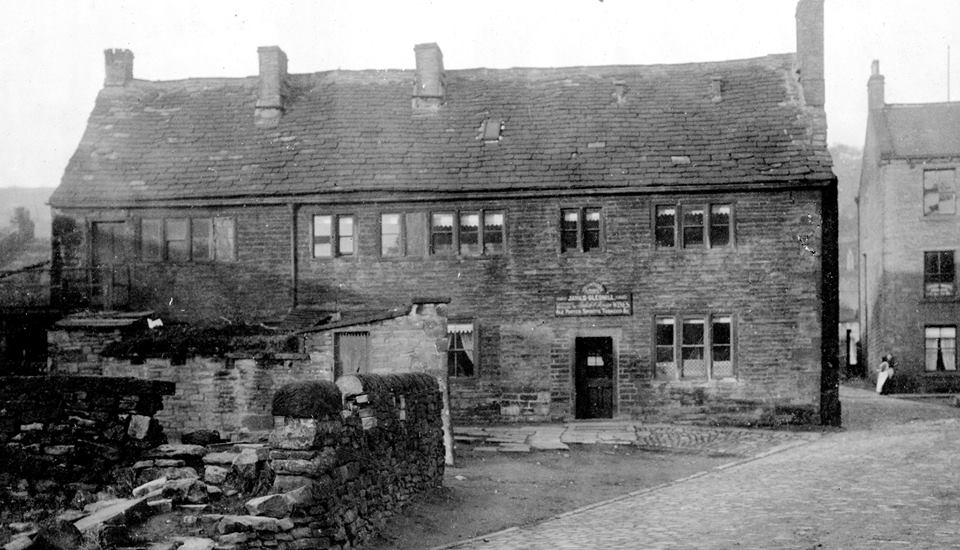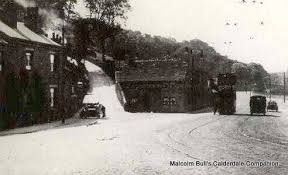Halifax Pubs Ezine 2
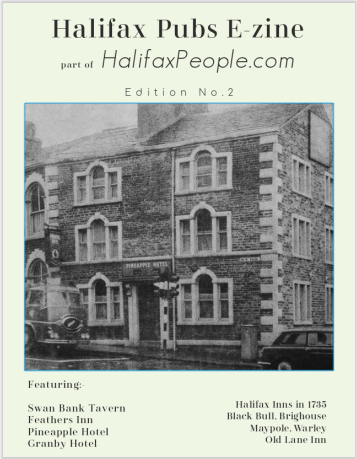
Go to Halifax Pub E-zine Edition No. 1 - 2 - 3 - 4 - 5
Swan Bank Tavern
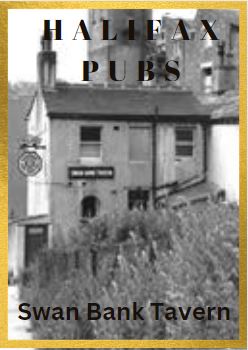
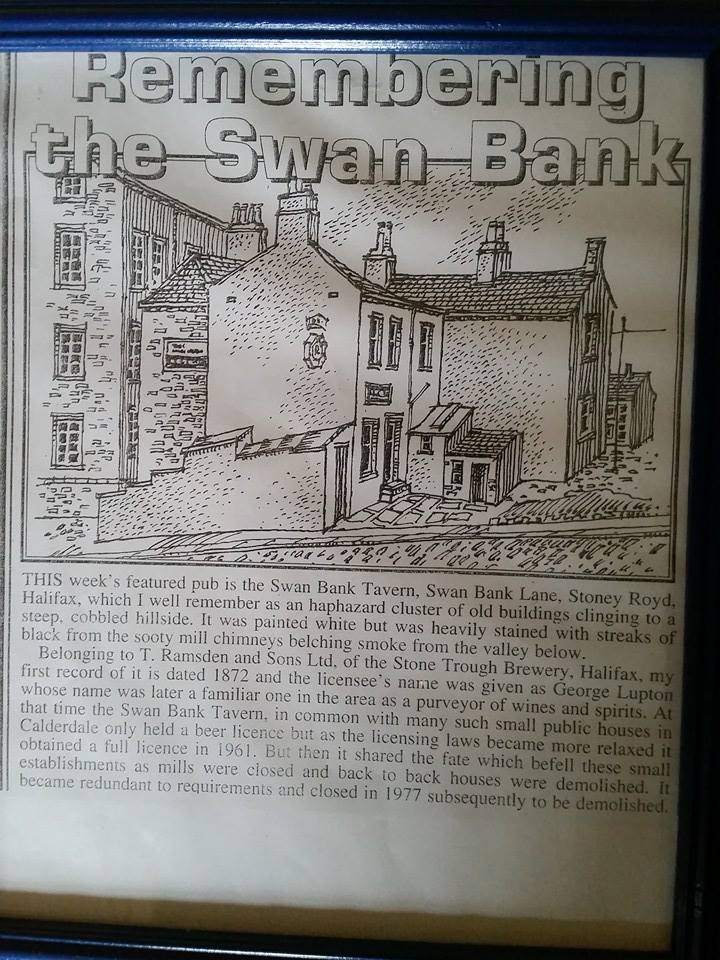
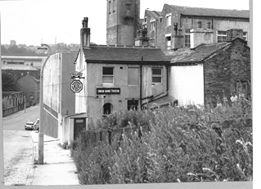
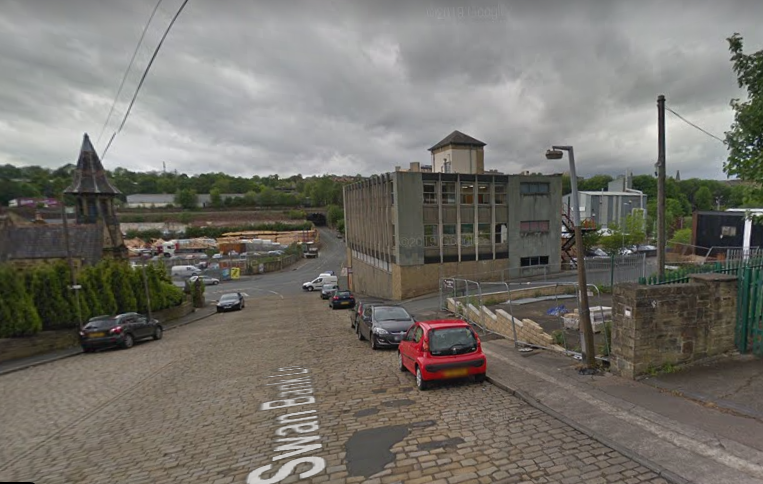
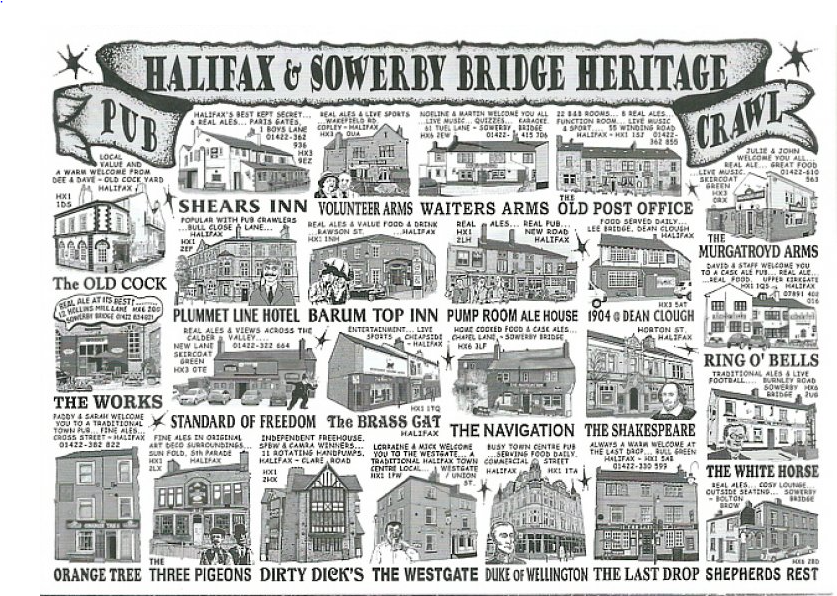
Feathers - King Cross
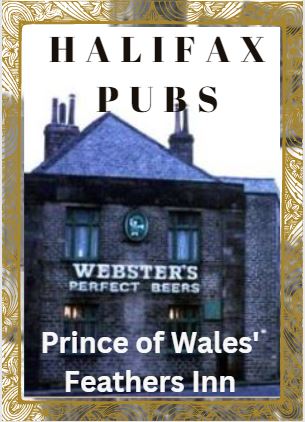
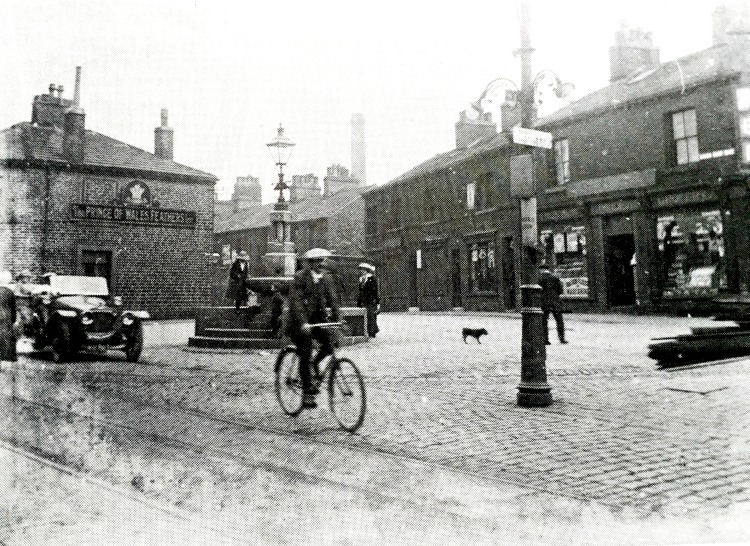

'The Feathers' was called 'Prince of Wales Feathers Inn'.
So many pubs have been lost over time in this area. With this being the home to a huge number of the working class people, there was a huge selection of pubs and clubs once over, but these have felt the effects of so many changes over the years. King Cross and Queens Road would have been a dream for the pub run at one time.
The top photo looks at 'The Feathers' up Haugh Shaw Road, taken from the forecourt of 'The Old King Cross Inn', (closed in 1975), which can be seen in the reversed angle in the second photo (dark building on the left).

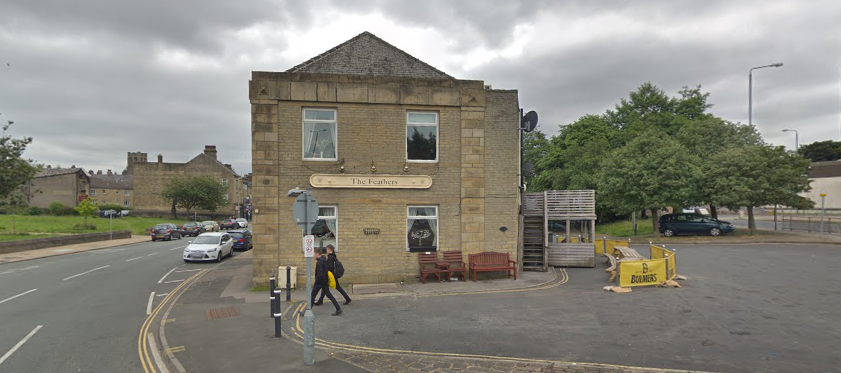
'The Feathers' which stands at the end of King Cross High Street, was around in 1850 but was rebuilt in the 1920's. It was a Stocks pub and more recently a Webster's pub and now a free house.
The Prescott Fountain which used to be at the end of Wards End has also stood outside here from 1898 until 1932 when it was moved the short distance to close to the front of Crossley and Porter school where it still stands today.
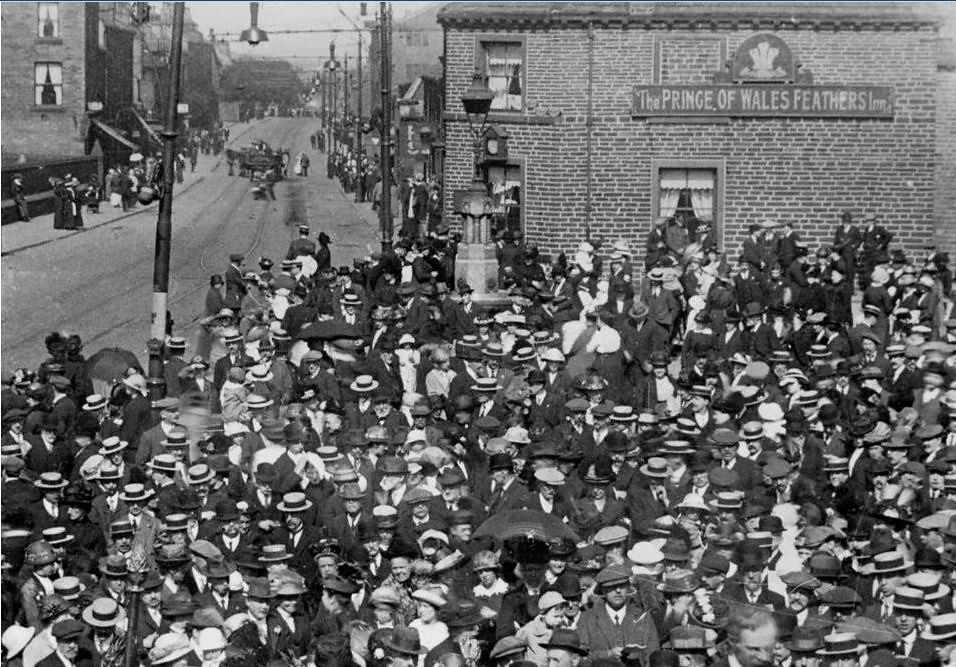
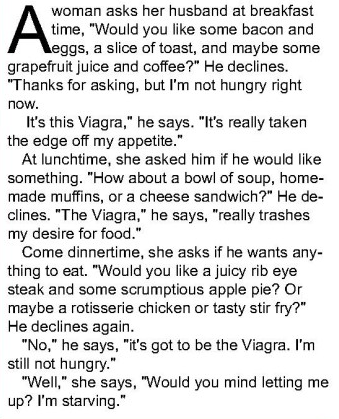
Pineapple Hotel
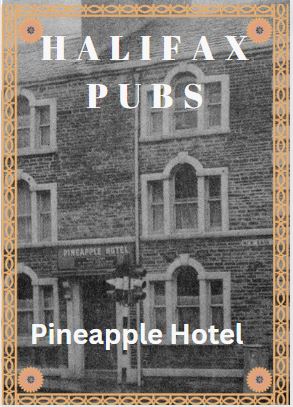
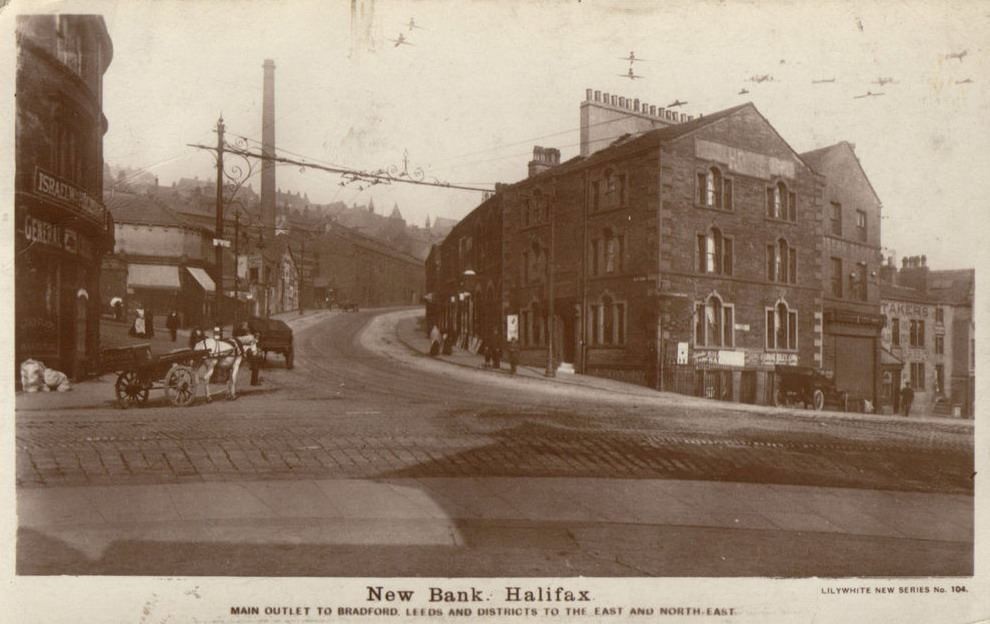
The Pineapple Hotel was a popular local - one of many - until it disappeared under large scale clearances in the 1960s. The New Bank and Charlestown Road area of Halifax was densely populated with people and pubs.
The Pineapple, whose address was No.2, New Bank, very close to North Bridge, closed in 1968 and not long after this it was demolished as the road junction was widened. Another New Bank pub, the Wellington, closed in the same year. The distinctive Brickmaker's Arms was to follow in 1969.
But the Pineapple dated from a period before the industrial revolution and the railways turned its part of Halifax into a smokey warren of buildings. When the pub opened in the late 18th century, it was initially named the New North Bridge Inn, suggesting that it was built specifically to catch passing trade on the stone-arched North Bridge which opened to traffic in 1774 (it was replaced by the present iron bridge 100 years later).
Quite soon, however, the New North Bridge Inn was renamed The Pineapple. The famous Anne Lister, of Shibden Hall, records in her journal that on January 11, 1819, her uncle, as a trustee for the money invested in the bridge, "was at a meeting of the Commission for the management of the bridge at the Pineapple yesterday afternoon and did not get back till near tea".
Industrial development soon transformed what had been a pleasantly pastoral fringe to the town and eventually the Charlestown Road area would become known as one of the roughest parts of Halifax, until large scale slum clearances before the Second World War.
Charlestown Road was the site of a new housing experiment by Halifax Corporation in the late 1930s. It was decided to try a first venture in building municipal homes on reclaimed town centre industrial land and in 1939 the distinctive maisonettes of Charlestown Road were built, being handed over to tenants in 1940.
They were not flats as such, because they consisted of self-contained ground floor dwellings with two-storey maisonettes above. This was a design that suited the slope of the hill. They remain to this day as a rare example of 1930s municipal architecture in Halifax. The war prevented the experiment from being extended.
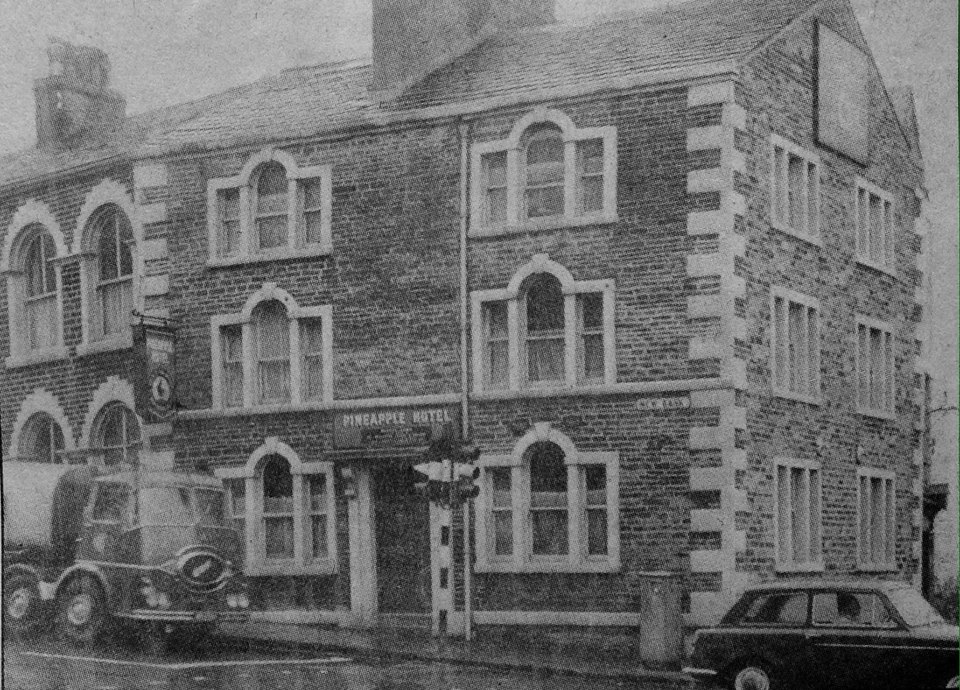
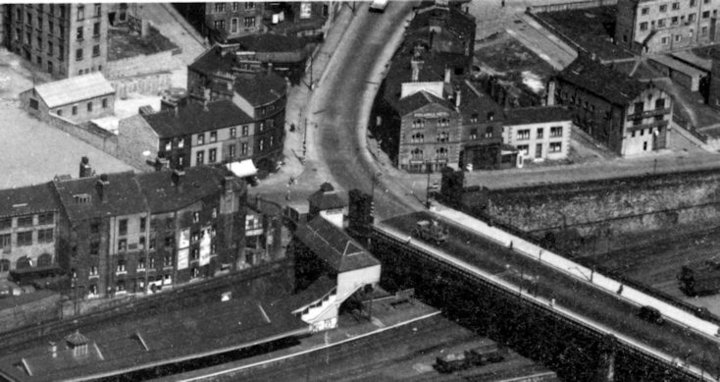
A highly distinctive pub which dated back to the late 18th century. It was at the junction of New Bank and Charlestown Road. It's name may stem from the fact that at one time there was an extensive pleasure garden in this area.
Taken from Flashback-Evening Courier
At the Brewster Sessions in August 1881, it was recorded that within the Borough of Halifax, there were
102 licensed victuallers
152 beerhouse-keepers
1 holder of a canteen licence
155 shopkeepers licensed to sell intoxicating liquor by retail
A beerhouse was a premises that was allowed to sell beer but not wine or spirits. The Smith's Arms of Corporation Street which closed in 1967, never held a wine/spirit license and was always a beerhouse. However, the last pub to get a beer only license was the 'Noah's Ark', Ovenden in 1968
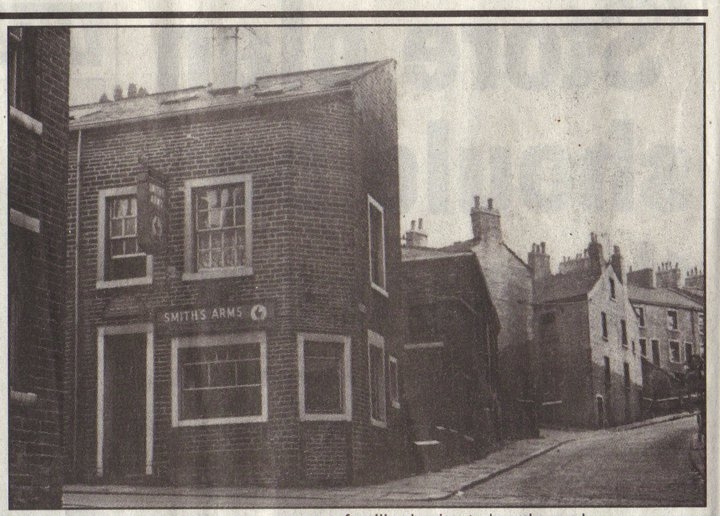
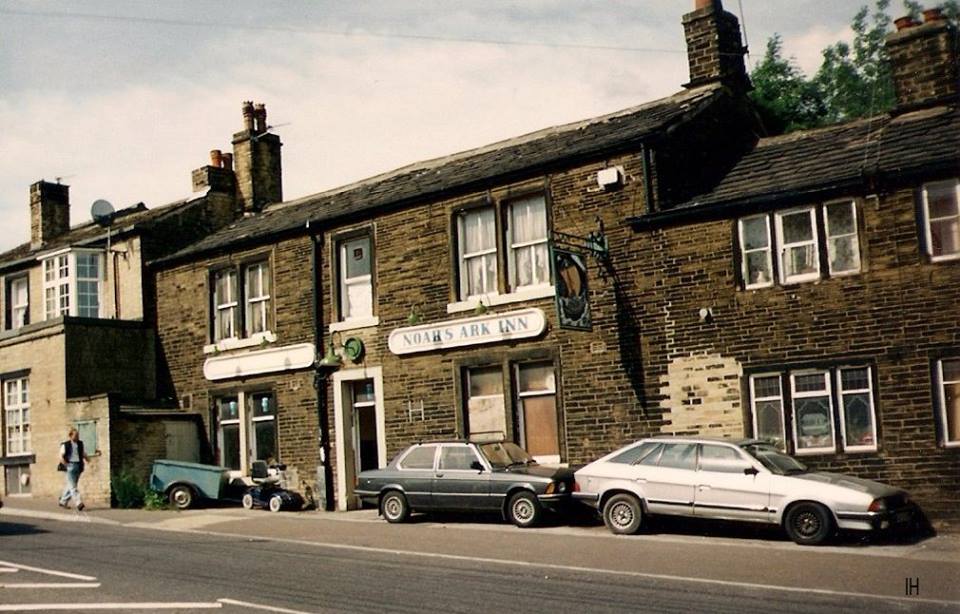
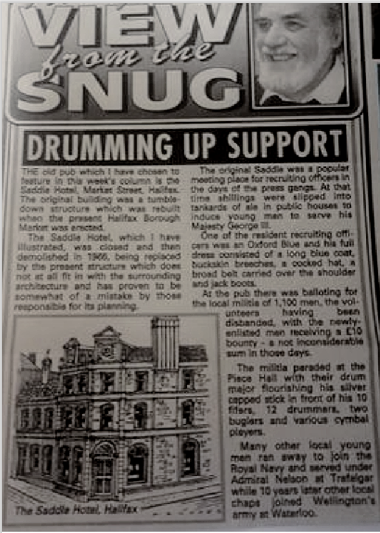
Granby Hotel

Granby Hotel at 300 Gibbet Street was a Ramsden's pub. The marquis of Granby was a famous and very popular 18th century soldier that gave his name to many pubs throughout the country, so this may give a clue as to the age of the Granby. There are some local references to it as far back as 1892 when it was a very popular pub and on Malcolm Bulls' website it tells us that a William Fox was the first landlord from 1881 to 1894.
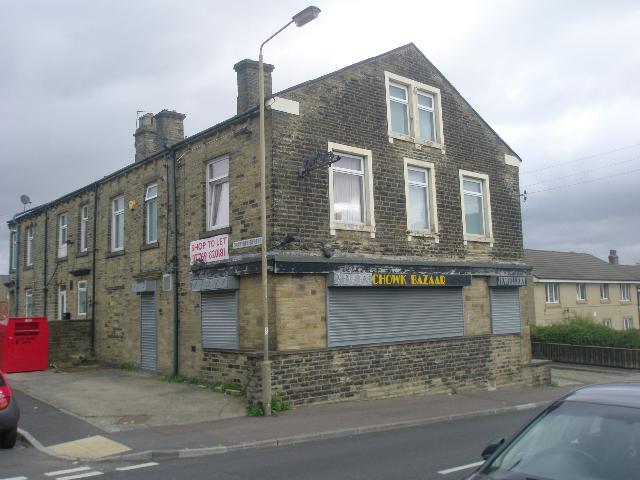
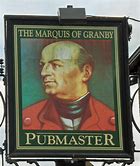
John Manners, Marquis of Granby, was the eldest son of the third Duke of Rutland. He was a popular hero of the 'Seven Years' War (1756-63) making a name for himself at the Battle of Warburg in 1760.
Here he led a spectacularly successful cavalry charge against the French, during which, it is said, his wig blew off. For some time afterwards, the popular term for being enthusiastic was 'going at it bald-headed'.
In 1766, Granby was appointed Commander in Chief, but political enemies ruined him and he died in Scarborough in 1770 owing £37,000.
The reason the Marquis was loved by his men was that he was seriously concerned for their welfare, unusual for a successful military man of his time.
After the seven year war he set up his disabled, non-commissioned officers as publicans in Inns throughout the country so that none should starve. It's said that this gesture, more than any other, brought the Marquis into such appalling debt.


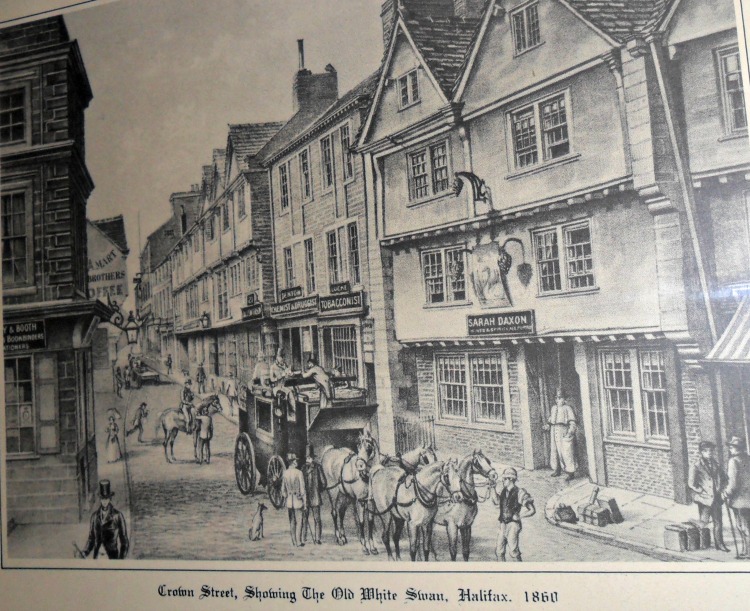
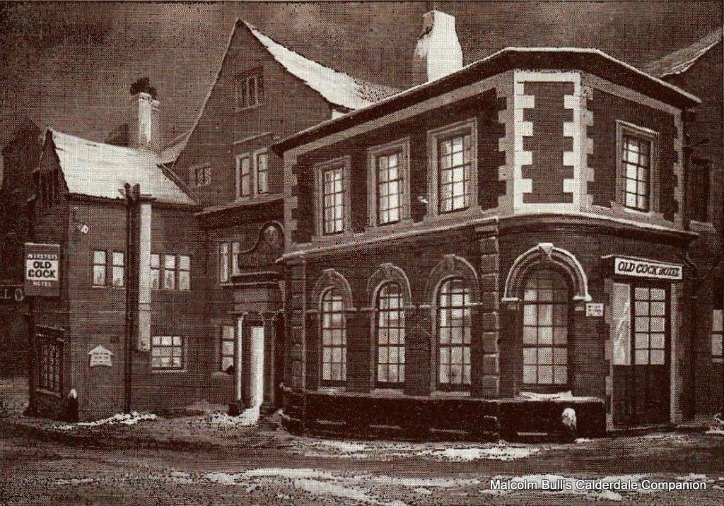
Old Cock
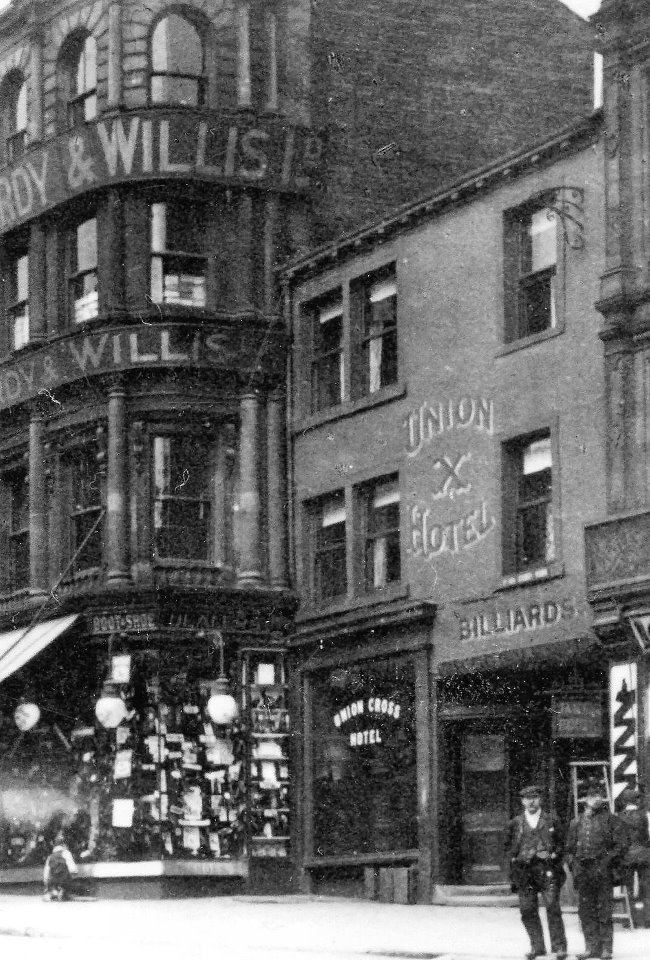

Lower George Yard
Black Bull, Brighouse
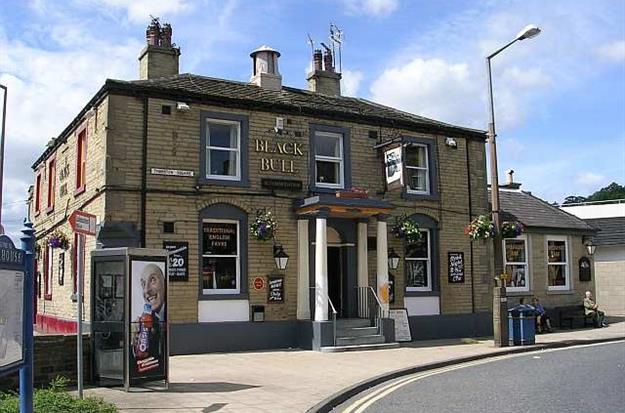
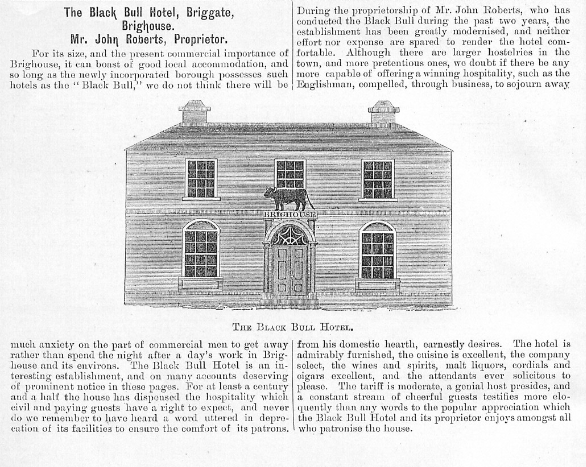
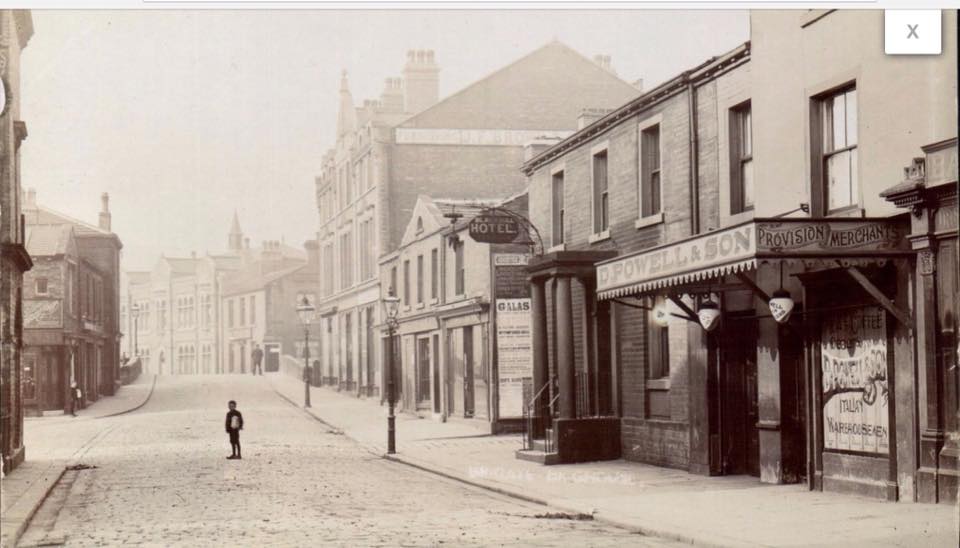
The Black Bull is the one with the columns and steps to the door
Maypole at Warley

Warley's Maypole Inn remembers Calderdale's last maypole. This stood at the junction where the fountain is now located.
The inn itself started life as a farmhouse and was known as The Horns in 1773. It probably acquired its present name when a maypole was erected around 1814 to commemorate Napoleon's defeat.
A newer maypole was erected (not without public opposition) in 1863. It remained a focus of Mayday celebrations from 1864 until around 1888. Deterioration necessitated its removal.
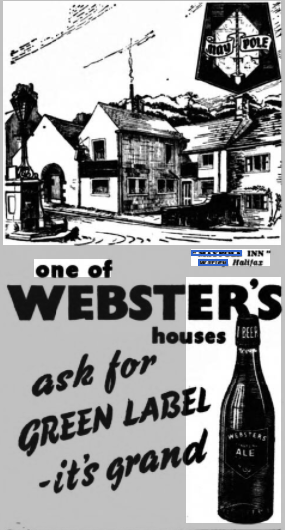
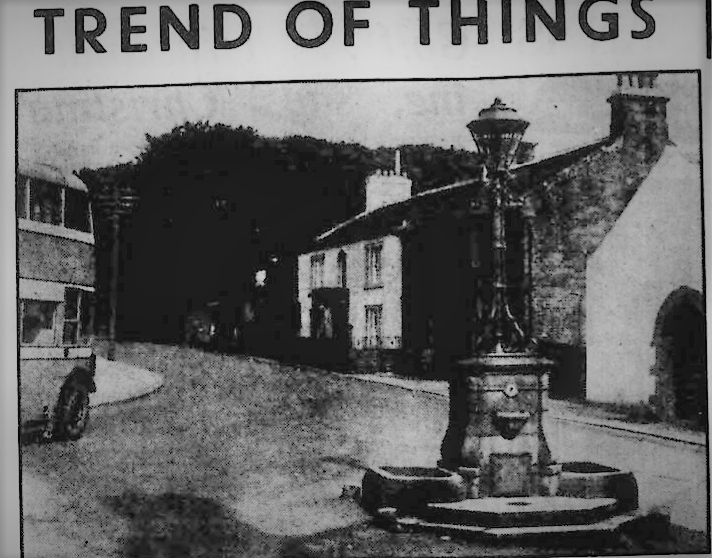
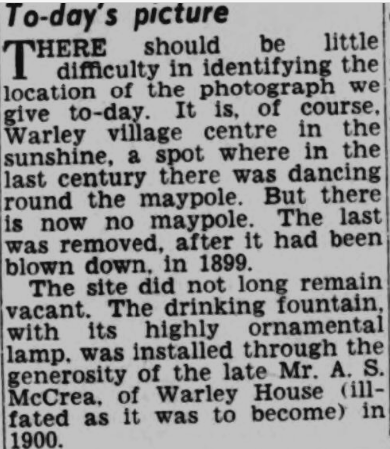

Old Lane Inn
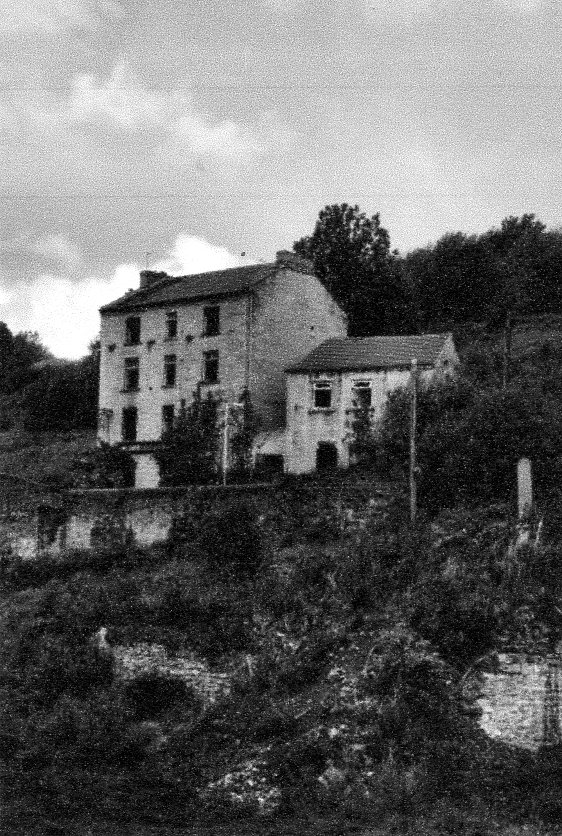
Originally a beerhouse in the 1870''s itopened as a pub in 1892 and had a stream running through the cellar. It became a Webster house in 1905 and was closed in 1962 before reopening in 1982. It was known as 'Dicky Mints' for a while before becoming derelict and was eventually demolished in 2011.
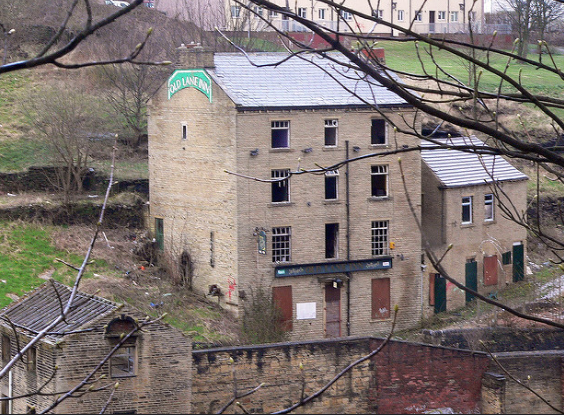
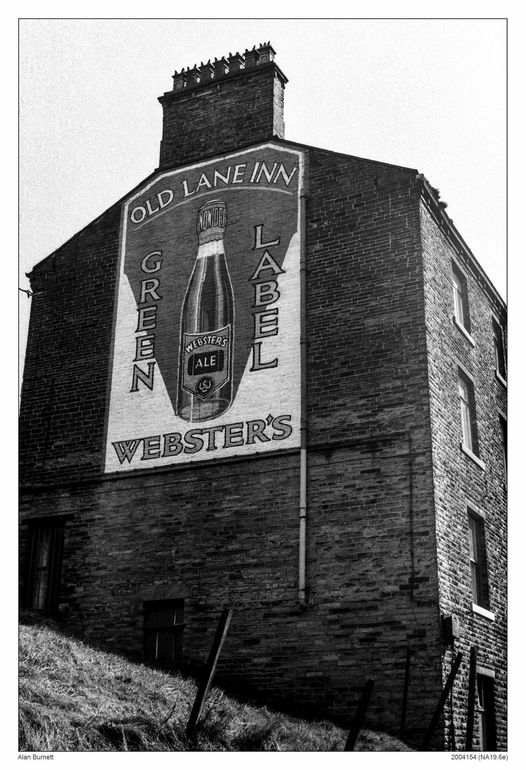
If you have enjoyed your visit to this website, please spread the word by clicking the 'like' and 'share' buttons below. Thank you
